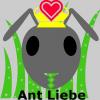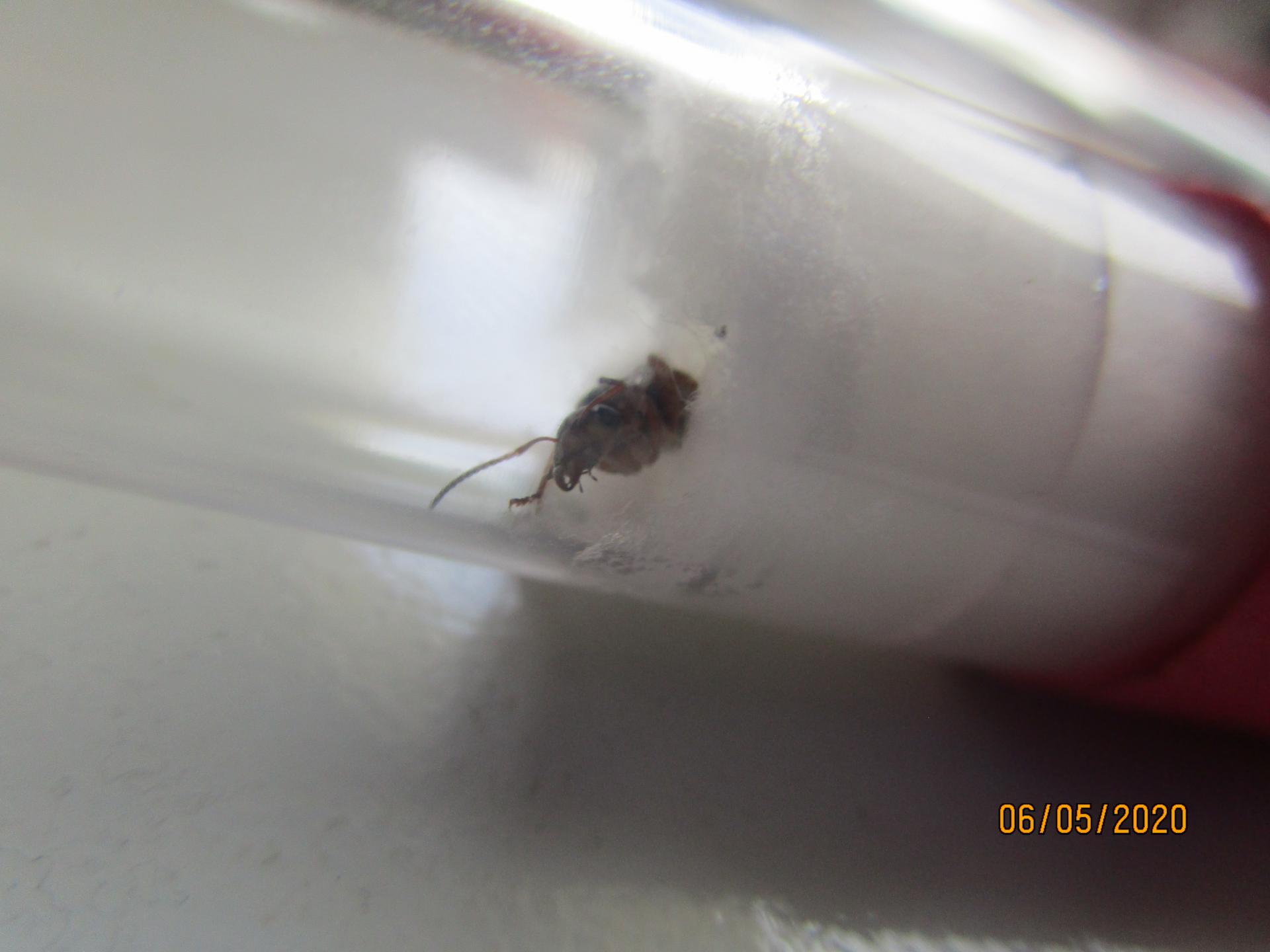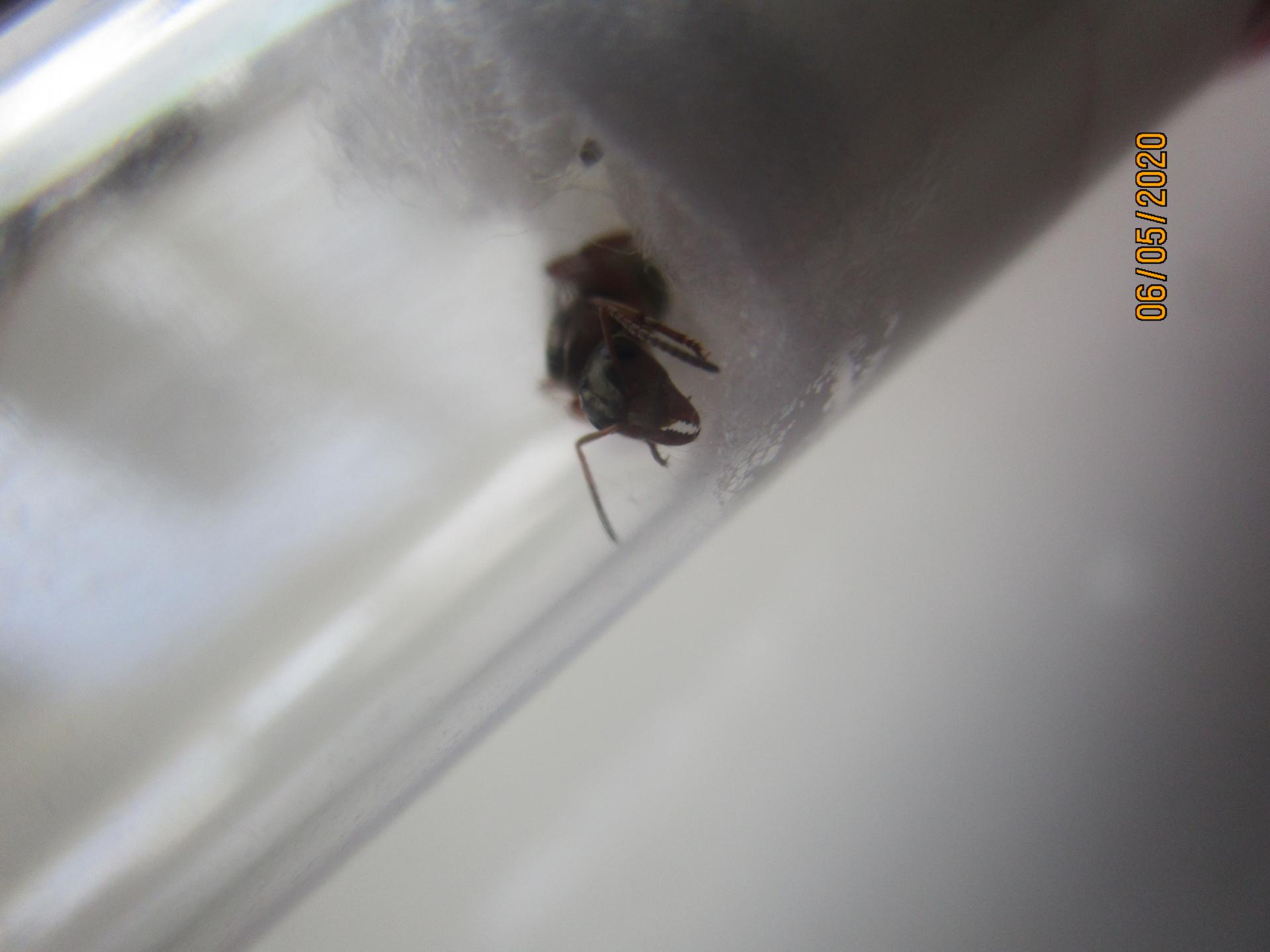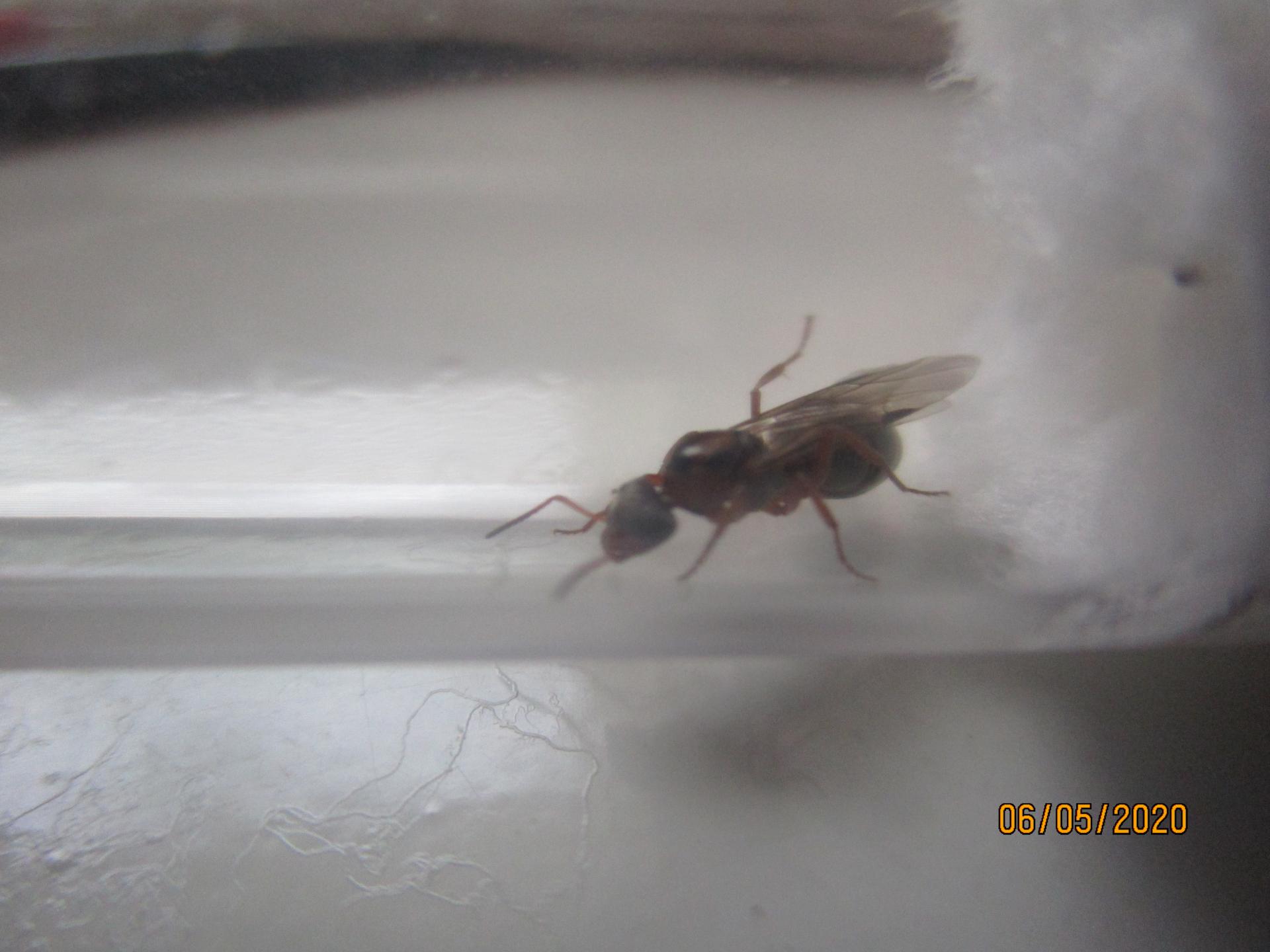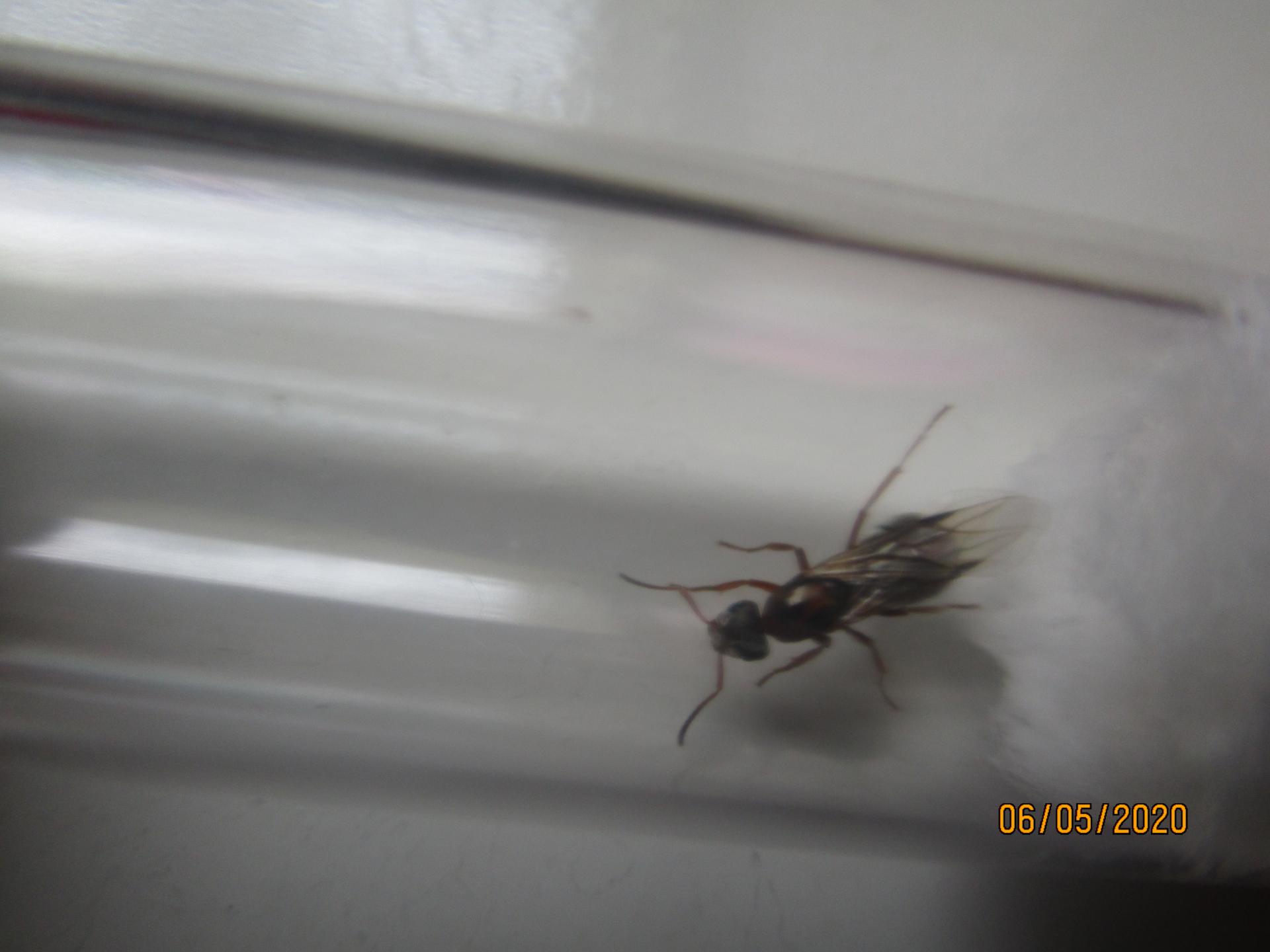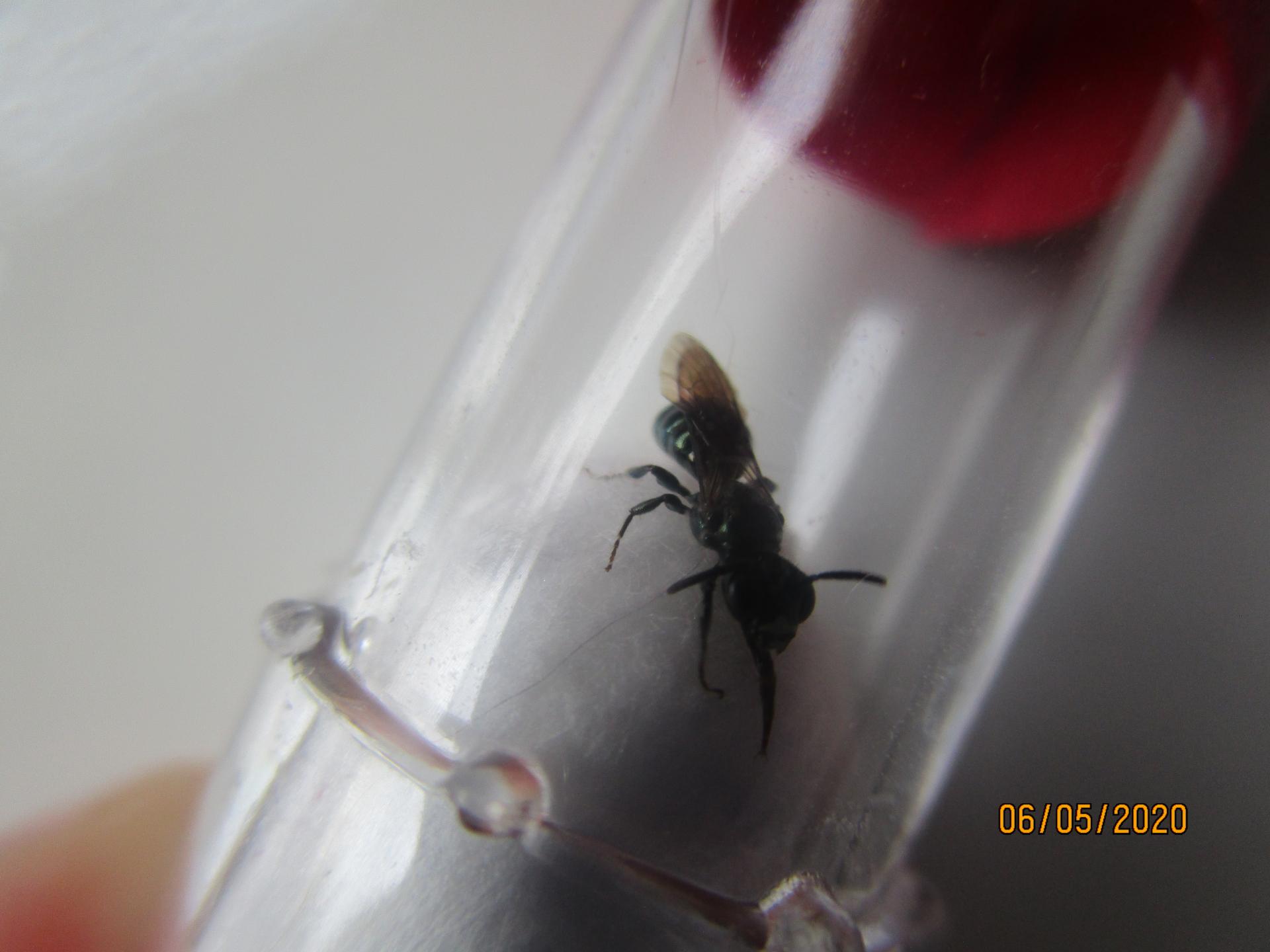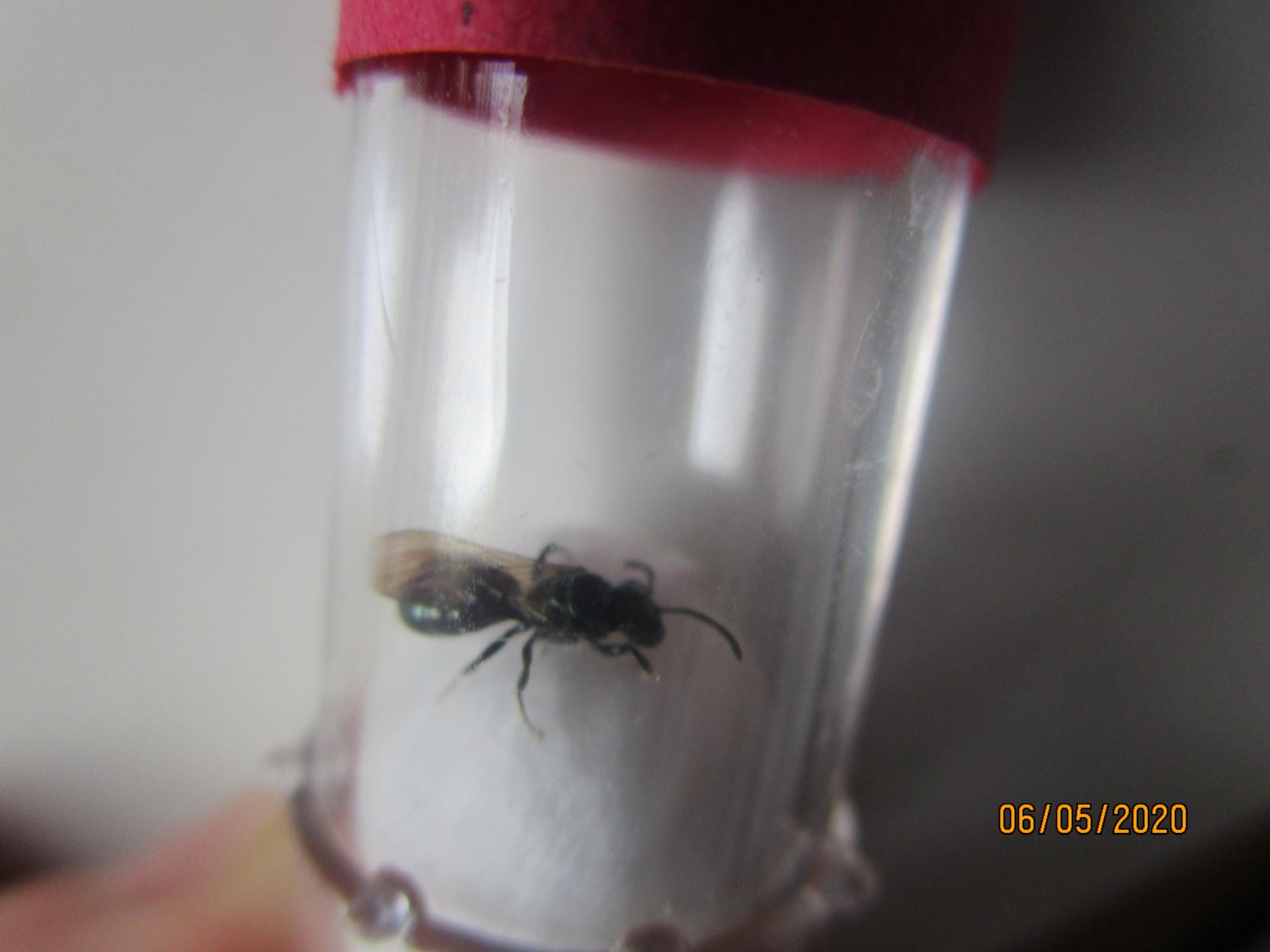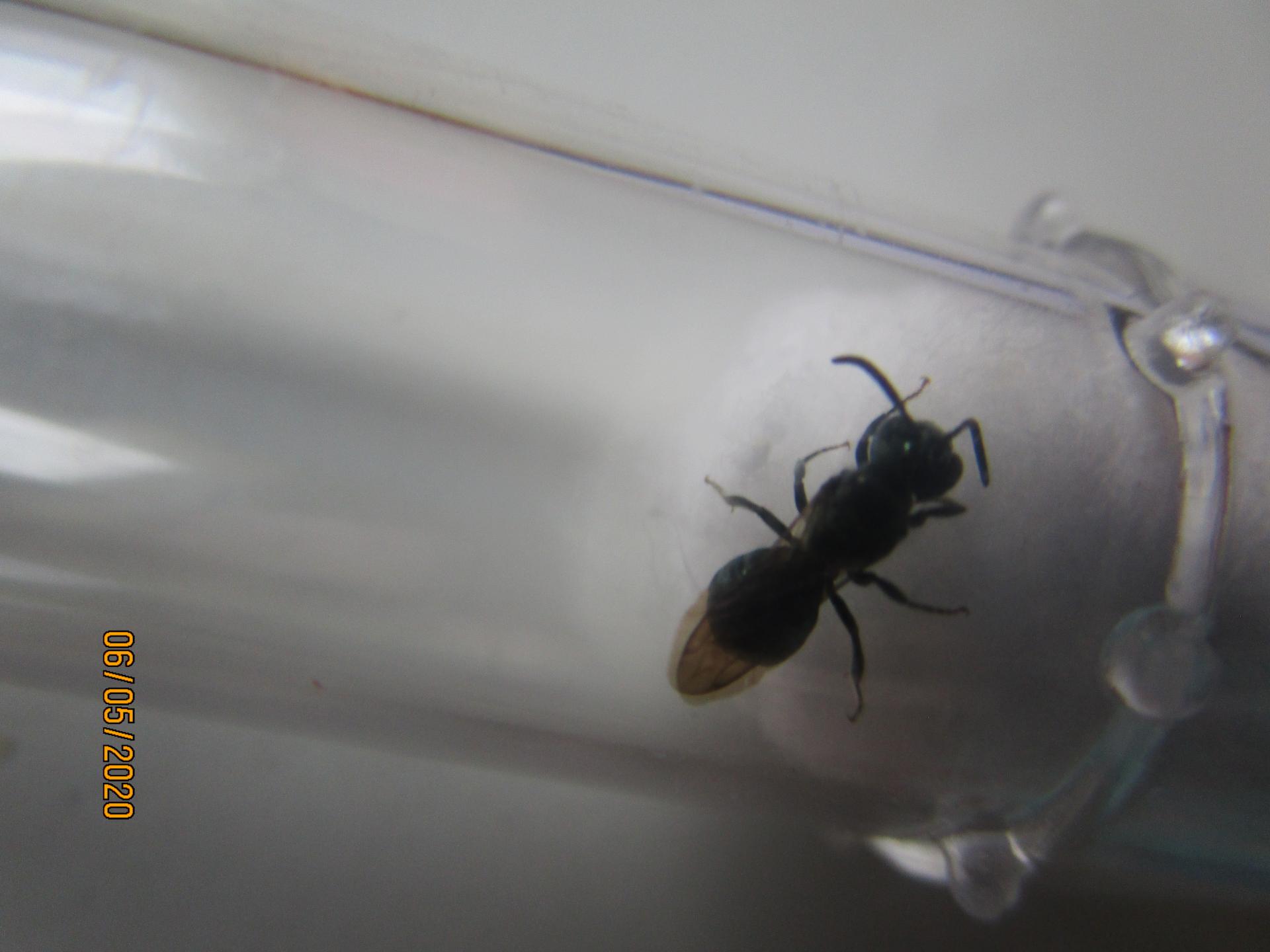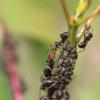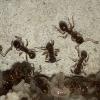Hello!
I am new to this forum and happy to say we have caught our first queens! Yay! We would love your help in identifying them. When you reply and hear a loud "yahoo!" coming from the Northwest, know that is my 8 year old daughter bouncing off the walls with excitement. ![]()
Thank you in advance!
*************************************
Ant #1
1. Location (on a map) of collection: Umitilla, Oregon
2. Date of collection: June 2, 2020
3. Habitat of collection: Found her in a pond
4. Length (from head to gaster): 3/8"
5. Color, hue, pattern and texture: Black with red legs, red antanna, black gaster
6. Distinguishing characteristics: Shed all her wings except for one
7. Distinguishing behavior: Do not know
8. Nest description: Has not laid yet
9. Nuptial flight time and date: Guessing it was the morning of June 2nd
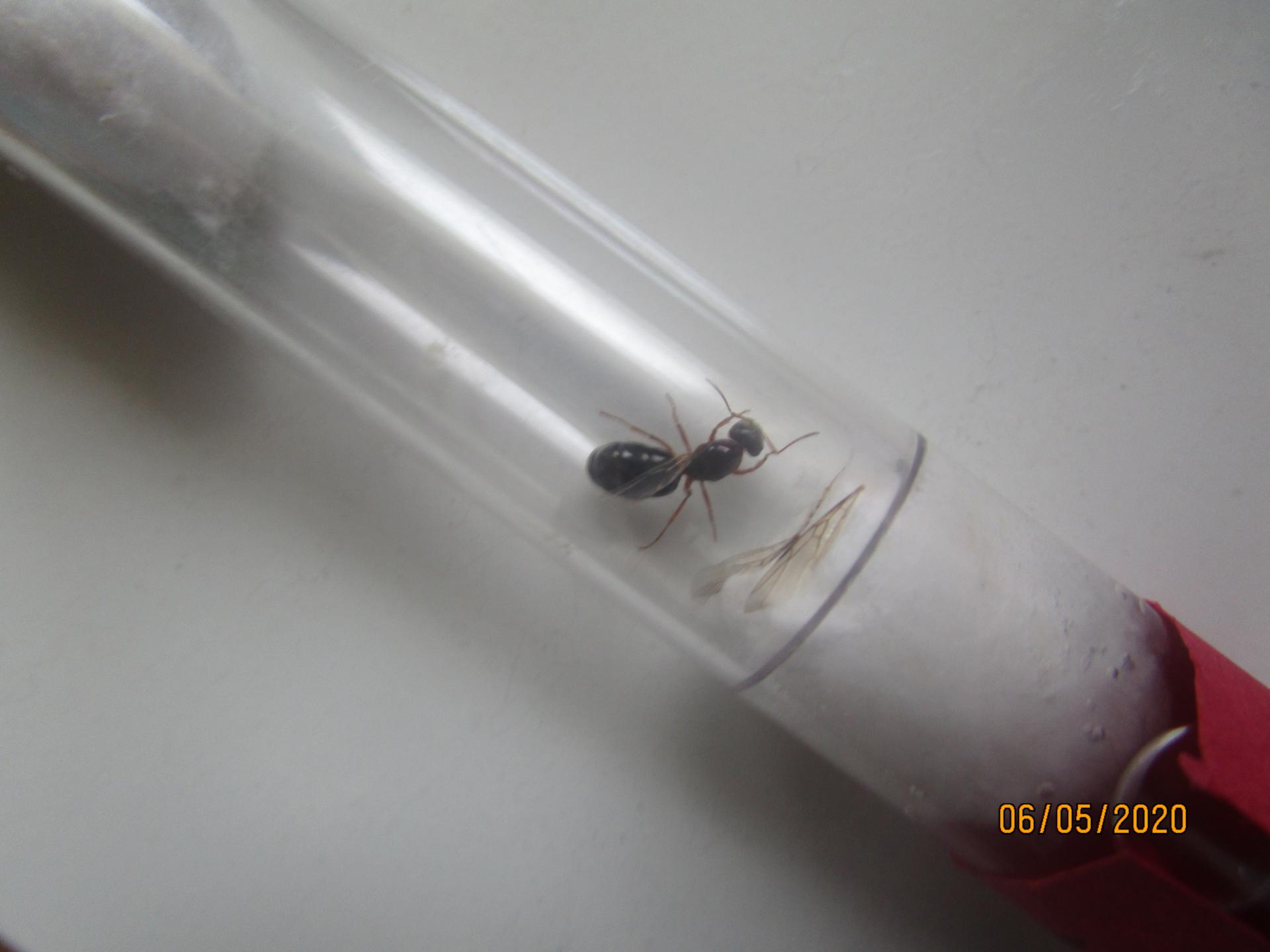
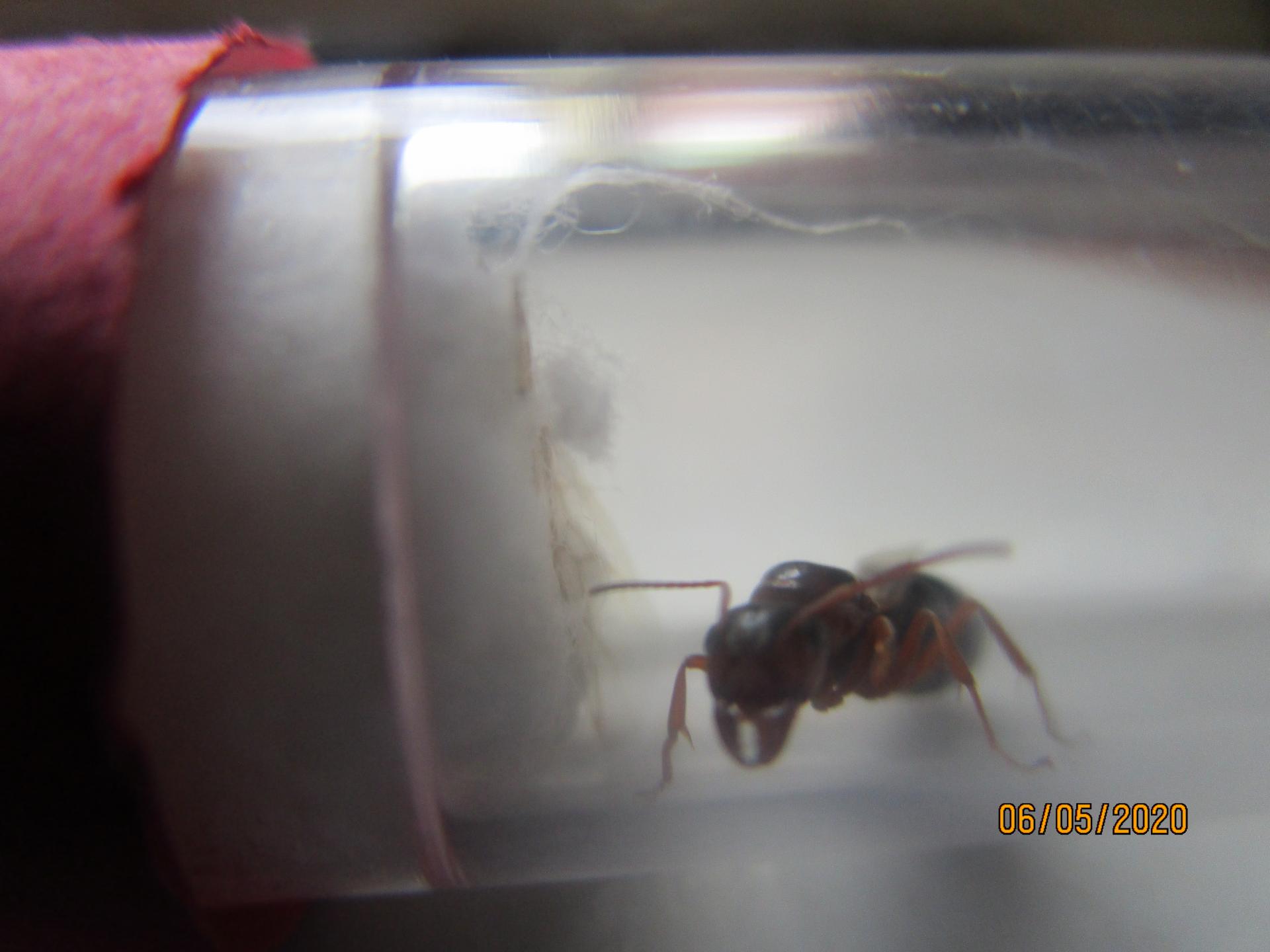
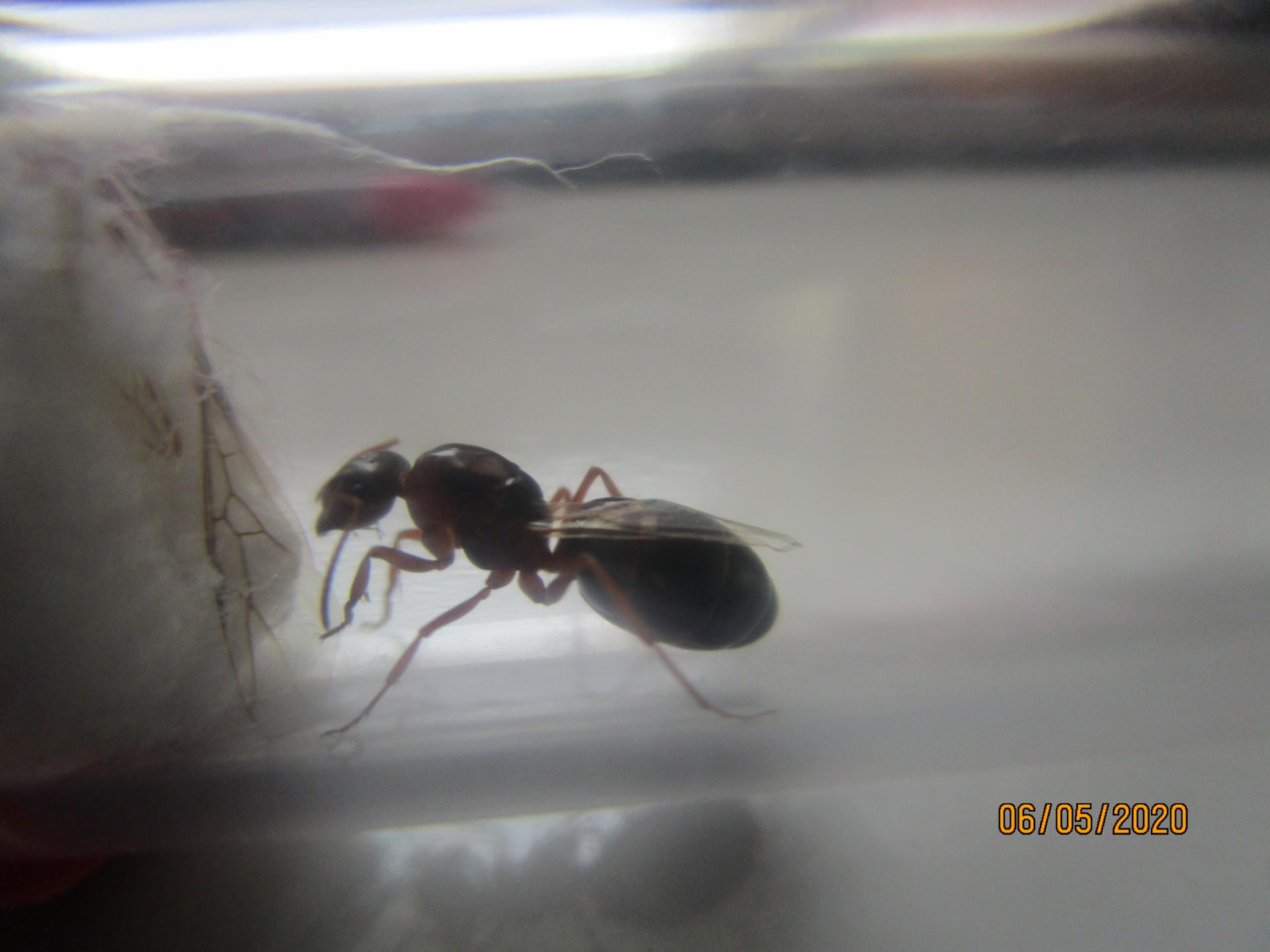
Ant #2
1. Location (on a map) of collection: Umitilla, Oregon
2. Date of collection: June 2, 2020
3. Habitat of collection: Found her in a pond
4. Length (from head to gaster): 3/8"
5. Color, hue, pattern and texture: Head and gaster are black, thorax is red, legs and antanna are shiny red
6. Distinguishing characteristics: Do not know
7. Distinguishing behavior: Do not know
8. Nest description: Has not laid yet
9. Nuptial flight time and date: Guessing it was the morning of June 2nd
Ant #3
1. Location (on a map) of collection: Portland, Oregon
2. Date of collection: June 4, 2020
3. Habitat of collection: Found her in a kiddie pool we set up to try and catch queens ![]()
4. Length (from head to gaster): 3/16"
5. Color, hue, pattern and texture: Black body, yellow triangle pattern on face, shiny black legs
6. Distinguishing characteristics: Small
7. Distinguishing behavior: Do not know
8. Nest description: Has not laid yet
9. Nuptial flight time and date: Guessing it was around noon on June 4th

